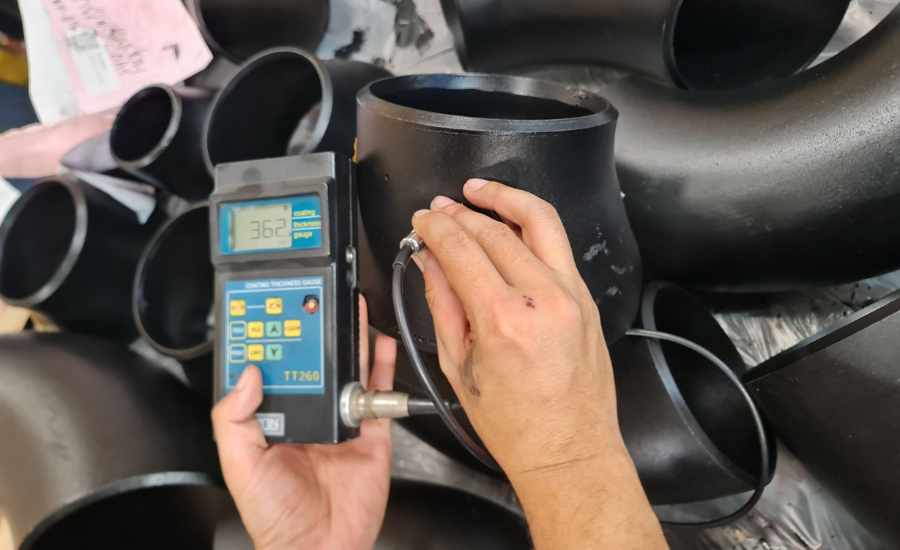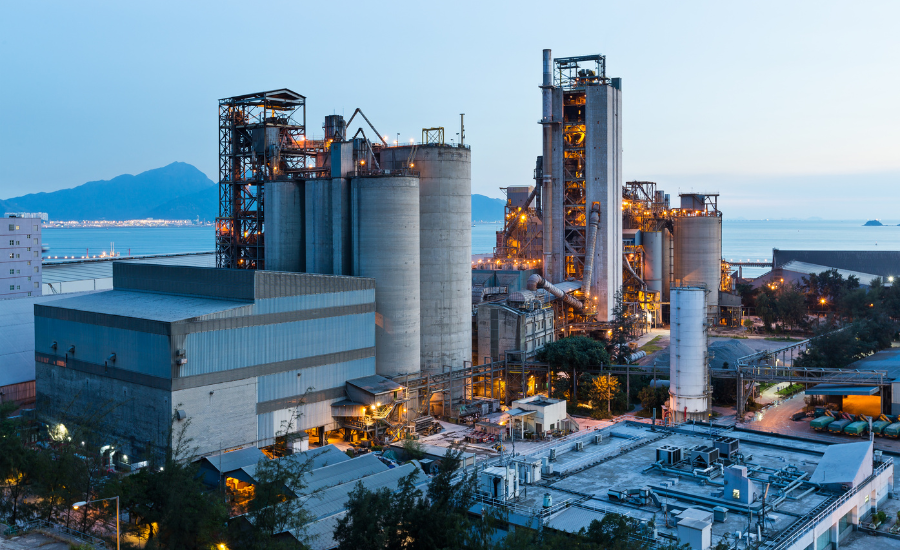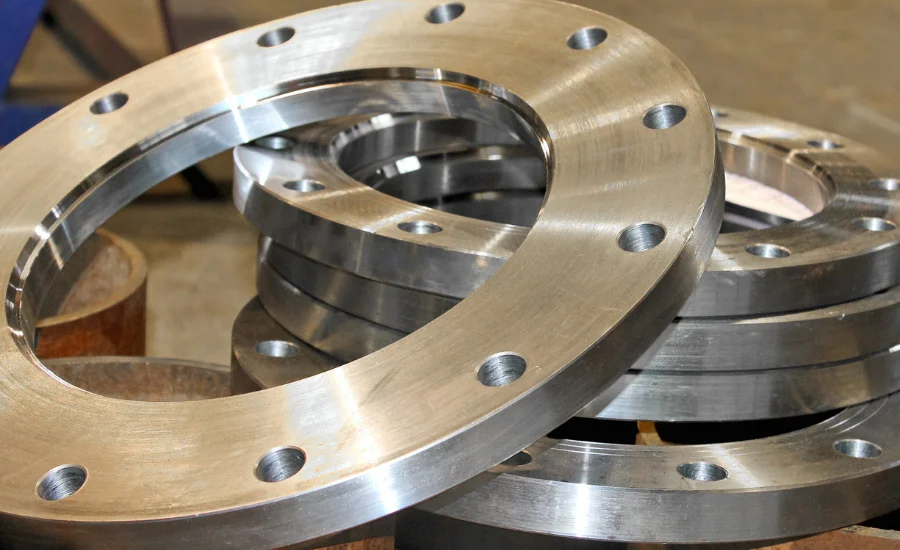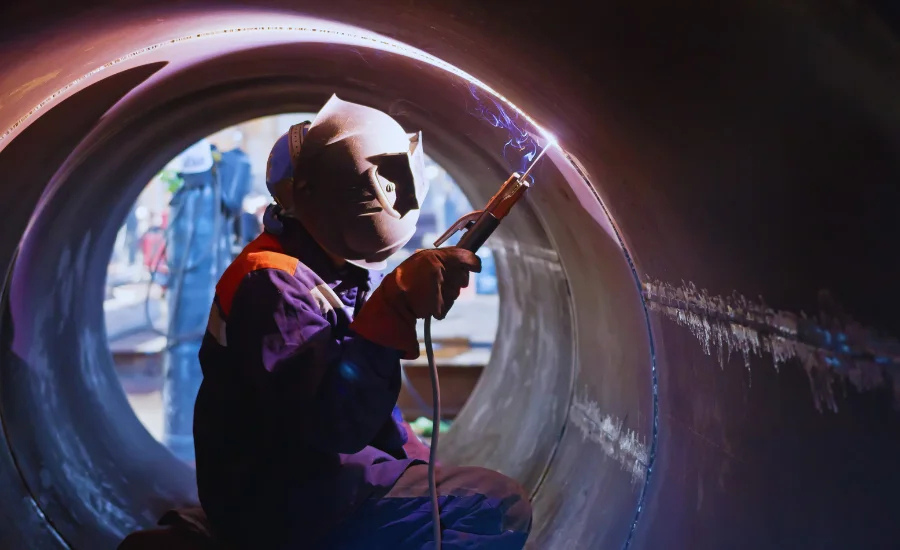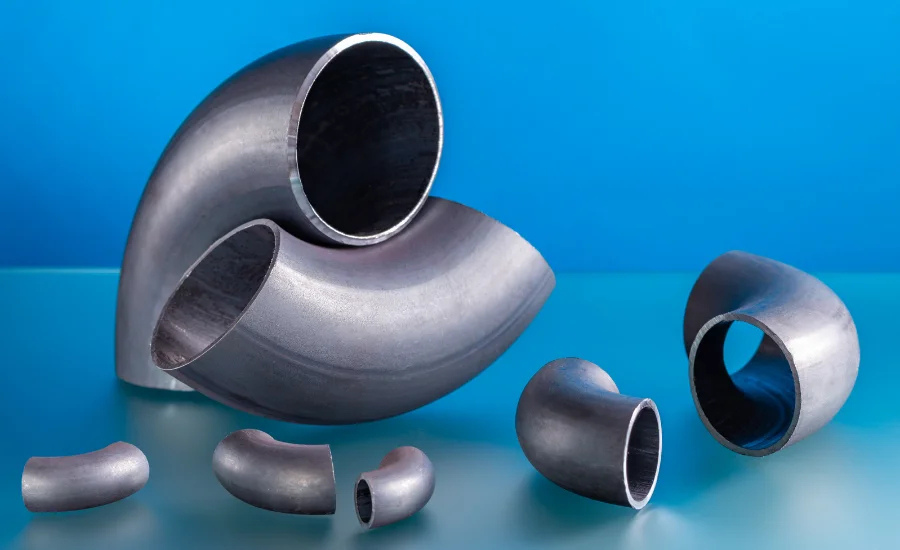The Forging Process: How High-Quality Fittings Are Made
In industries where safety, strength, and durability are non-negotiable, forged fittings play a critical role. Whether in oil & gas pipelines, power plants, or heavy machinery, these components must withstand extreme pressure, temperature, and corrosion. But what makes forged fittings superior? The answer lies in the forging process—a manufacturing technique that has stood the test of time while continuously evolving with modern technology. What Is Forging? Forging is a process in which metal is shaped using compressive forces, typically by hammering, pressing, or rolling. Unlike casting, where molten metal is poured into molds, forging involves deforming solid metal under high
Top 7 Types of Pipe Fittings and Their Industrial Uses
Pipes are the backbone of countless industries, from construction and plumbing to oil & gas and manufacturing. But pipes alone cannot create a functional system—they need connectors, regulators, and support components to ensure smooth flow and performance. This is where pipe fittings come in. These essential components join sections of pipe together, change direction, regulate flow, or adapt to different sizes. Choosing the right pipe fitting can make the difference between a system that runs seamlessly and one that suffers from leaks, inefficiencies, or costly downtime. In this article, we’ll explore the top 7 types of pipe fittings and their
5 Critical Factors to Consider When Choosing Buttweld Fittings
When it comes to building a strong and reliable piping system—whether in oil & gas, power plants, petrochemicals, or construction—Buttweld fittings play a pivotal role. These fittings help in changing the direction, branching the flow, or altering pipe diameters while maintaining a smooth flow and structural integrity. However, not all buttweld fittings are created equal. Selecting the right ones can mean the difference between a robust, leak-proof system and one prone to breakdowns, inefficiencies, or safety hazards. To ensure your project stands the test of time, here are five critical factors to consider before choosing buttweld fittings. Material Compatibility The first
Weld Neck vs. Slip-On vs. Blind Flanges: Which One is Best for You?
Weld Neck vs. Slip-On vs. Blind Flanges: Which One is Best for You? In the world of piping systems and pressure vessels, flanges are critical components that provide secure, leak-proof connections. Whether you’re in oil & gas, chemical processing, power generation, or water treatment, choosing the right flange type can make a significant difference in performance, safety, and maintenance. Among the most commonly used flanges are weld neck, slip-on, and blind flanges. Each type serves a distinct purpose and is designed for specific use cases. Let’s explore how they differ and help you decide which one is best for your application. Weld Neck Flange: High Strength
Troubleshooting Buttweld Fittings: How to Identify and Fix Common Issues
Buttweld fittings are critical components in high-pressure piping systems, providing a smooth flow path and strong, leak-resistant joints. However, like any precision component, they can sometimes cause or experience issues—ranging from installation problems to long-term performance failures. Knowing how to troubleshoot these issues early can save time, money, and avoid costly shutdowns. Here’s a guide to identifying and fixing common problems associated with buttweld fittings. Misalignment during Installation Problem : Improper alignment between pipe ends and fittings is one of the most common issues in buttweld installations. Even slight misalignment can lead to weak weld joints, stress points, and eventual failure
Key Differences Between Buttweld and Forged Fittings Explained
Fittings are essential components in piping systems, ensuring smooth fluid flow, connectivity, and structural integrity. Two commonly used types of fittings are buttweld fittings and forged fittings. While both serve critical roles, they differ in terms of manufacturing process, strength, application, and installation. Understanding these differences can help in selecting the right type of fitting for your specific needs. 1. Manufacturing Process Buttweld Fittings: These are made from seamless or welded pipes that undergo heat treatment and are shaped using hot-forming processes such as bending, extrusion, or die pressing. Forged Fittings: These are created by heating a billet or metal piece and shaping it through
Material Choices for Buttweld Fittings: Which One is Right for You?
When it comes to piping systems, buttweld fittings play a crucial role in ensuring secure, durable, and efficient connections. These fittings are welded directly to pipes, creating a seamless and strong joint that can withstand high pressure, temperature, and corrosive environments. However, choosing the right material for your buttweld fittings is essential to the success of your application. Let’s explore some of the most common material options and their advantages. 1. Carbon Steel Buttweld Fittings Carbon steel is a popular choice due to its strength, durability, and cost-effectiveness. It is ideal for applications that require high pressure and temperature resistance,
Why Buttweld Fittings Are Essential for Safety in High-Pressure Systems
In industrial and commercial piping systems, safety is paramount, especially when dealing with high-pressure environments. Whether transporting chemicals, gases, or liquids, the integrity of the piping system is critical. Buttweld fittings, known for their durability and reliability, play a vital role in maintaining the safety and efficiency of these systems. Here’s why buttweld fittings are essential for safety in high-pressure systems. What Are Buttweld Fittings? Buttweld fittings are pipe fittings used to connect, divert, or end pipelines in various industrial systems. They are designed to be welded directly onto the pipe ends, creating a smooth, continuous flow that eliminates any
Innovations in Buttweld and Forged Fittings: What’s New in 2024?
As industries continue to advance, the demand for more reliable, sustainable, and efficient piping systems has driven innovation in pipe fittings, particularly in buttweld and forged fittings. These components are vital in critical applications such as power plants, oil and gas pipelines, and chemical processing facilities. In 2024, several key innovations are shaping the future of buttweld and forged fittings, improving their functionality, performance, and environmental impact. 1. Sustainable Materials and Manufacturing Practices Sustainability is becoming a crucial factor in manufacturing, and the pipe fitting industry is no exception. The focus on using recycled steel and other eco-friendly materials is
Top 5 Advantages of Using Buttweld Fittings in Industrial Applications
In industrial applications, reliable and durable connections are critical to ensuring the efficiency and safety of piping systems. One of the most widely used solutions for joining pipes is buttweld fittings. These fittings provide a seamless and robust way to connect pipes in various industries, including oil & gas, petrochemical, power generation, and water treatment. In this blog post, we’ll explore the top 5 advantages of using buttweld fittings in industrial applications, demonstrating why they are a preferred choice for many engineers and project managers. Strength and Durability When it comes to industrial piping systems, strength and durability are non-negotiable. Buttweld fittings
- 1
- 2
